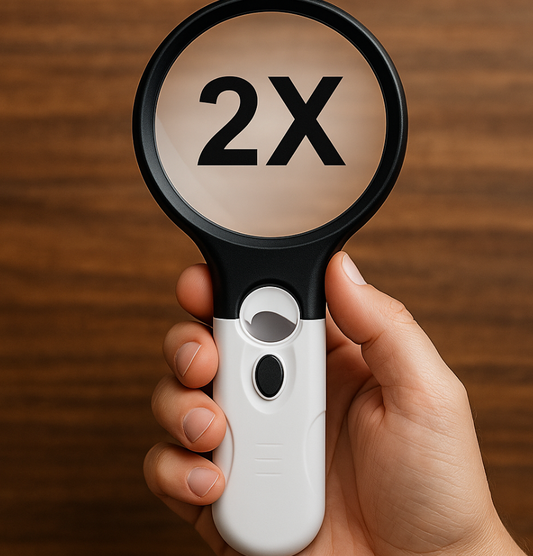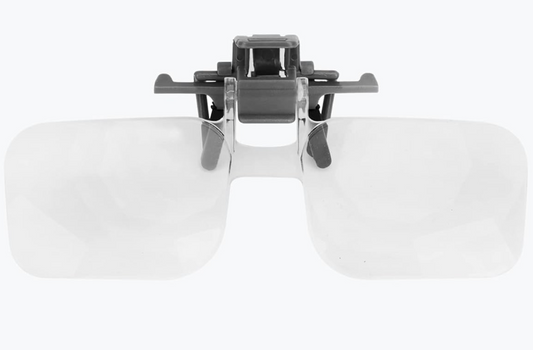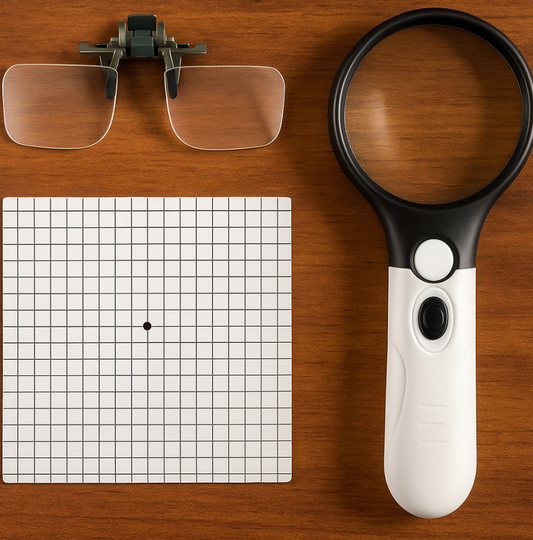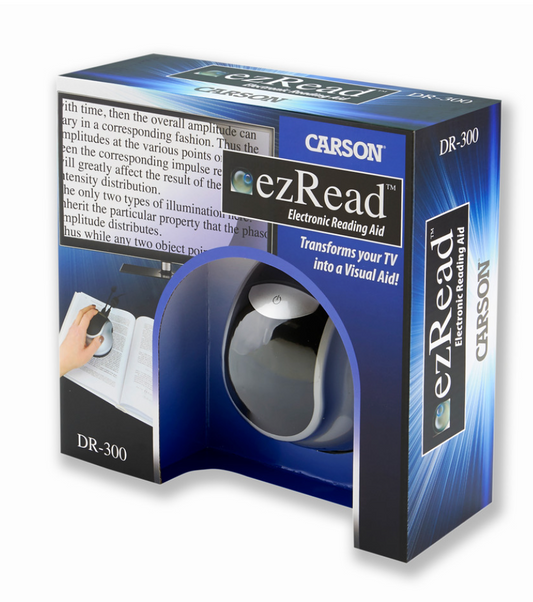Vision Loss & Home Safety
Share
Living with vision loss poses unique challenges, especially when it comes to home safety. Adapting one’s living environment to enhance safety, reduce hazards, and increase independence is essential for individuals with low vision or blindness. Here are some important considerations for creating a safer home.
Lighting and Glare Control
Proper lighting is crucial for people with low vision. Bright, even lighting can help improve visibility and reduce the risk of trips or falls. Install bright LED lights in key areas, like hallways, staircases, and kitchens, where clarity is essential. Task lighting near reading or cooking areas can also be helpful. However, too much light can cause glare, so consider adjustable lighting, matte finishes on walls and countertops, and blinds to control natural light.
High-Contrast Markings
Using high-contrast markings helps individuals with vision loss distinguish between objects and surfaces. Apply contrasting tape or paint to the edges of steps, door frames, and countertops. Kitchen appliances and dials can benefit from high-contrast labels or tactile markings to make controls easier to identify. Black-and-white contrasts work well, but using colors that stand out against the background can be equally effective. Think black and white over green and blue.
Anti-slip grip covers on steps are also a great idea.
Organizing and Decluttering
Keeping a well-organized and clutter-free home is essential for safe navigation. Designate specific places for frequently used items, like keys, remote controls, and kitchen tools. Avoid placing items on the floor or in walking paths to reduce tripping hazards. Consider using large-print or braille labels on containers and shelves for easy identification.
Adaptive Tools and Technology
Many adaptive tools can enhance safety and independence for those with vision loss. Talking devices, like clocks, thermometers, and medication dispensers, help in maintaining routines without relying on sight. Smart home technology, such as voice-controlled assistants, can control lights, adjust thermostats, and make phone calls, providing added convenience and safety.
Motion sensor lights tend to be a simpler solution for most seniors. We use these stick on, re-chargable lights for under counters, under stair railings & in dark closets.
Bathroom Safety
Bathrooms are a common area for accidents. To reduce risks, install grab bars near the toilet and in the shower, and consider using a shower chair. Non-slip mats are essential on bathroom floors and in the tub. For added safety, consider a scald-guard on hot water taps to prevent burns.
Fire and Emergency Preparedness
In case of emergencies, consider adding tactile markers on light switches, doors, and windows to make exits easier to find. Keep fire extinguishers in accessible areas and ensure smoke detectors and carbon monoxide alarms are in place, with audible and, if possible, vibrational alerts. Have a clear emergency plan, and practice it regularly.
Kitchen Safety
In the kitchen, mark appliances with high-contrast tape or tactile stickers for easy control identification. Using a cutting board with high-contrast colours helps distinguish ingredients from the surface. Baking tools with large print are also a must.
Having handy tools that can dice vegetables can also help to avoid injury.
To avoid burns, use oven mitts that cover the forearm and consider induction cooktops, which reduce fire risks.
With thoughtful adjustments, the home can become a safer, more navigable space for individuals with vision loss. By focusing on lighting, organization, and accessible tools, people with low vision can maintain a higher level of independence and enjoy a secure, comfortable home environment.
Find our full list of everyday living solutions HERE.



